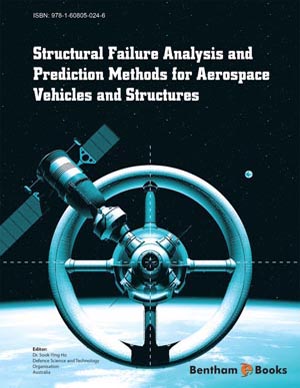Abstract
The aerospace industry has utilized high strength aluminum alloys to propel the production and manufacturing of advanced aerospace technology; however, welding of Aluminum and its constituent alloys introduce challenges which affect the structural integrity of the welded area if conducted indecorously. For this reason, Non-destructive Evaluation (NDE) of welded areas is conducted to ascertain defective regions to ensure structural integrity of the aerospace structure. NDE techniques are noninvasive and can determine whether the object contains irregularities, discontinuities, or flaws. Inspecting weld areas allows for cost reduction by detecting discontinuities in the early stages of manufacturing; consequently, reducing the time and money to rework the error and allows for the validation of sound welds. A variety of NDE techniques are available depending on the applications, each with its own advantages and disadvantages. Among the number of NDE techniques, radiography and ultrasonics are the most widely utilized for inspection of weld defects. In this study, a detailed analysis was thereby conducted to ascertain the critical phased array ultrasonic testing (PAUT) parameters for the detection of weld defects, more specifically with Friction-Stir-Welding (FSW). Consequently a comparison to X-ray radiography is also included. It was observed that both techniques produced similar detection results for defects in the range of 1.0mm; however, it was found that PAUT was the only technique able to discover defects in the range of 0.15 mm.
Keywords: Non-destructive evaluations, Phased array ultrasonic testing, Radiographic testing, Welding, Welding defects.


















